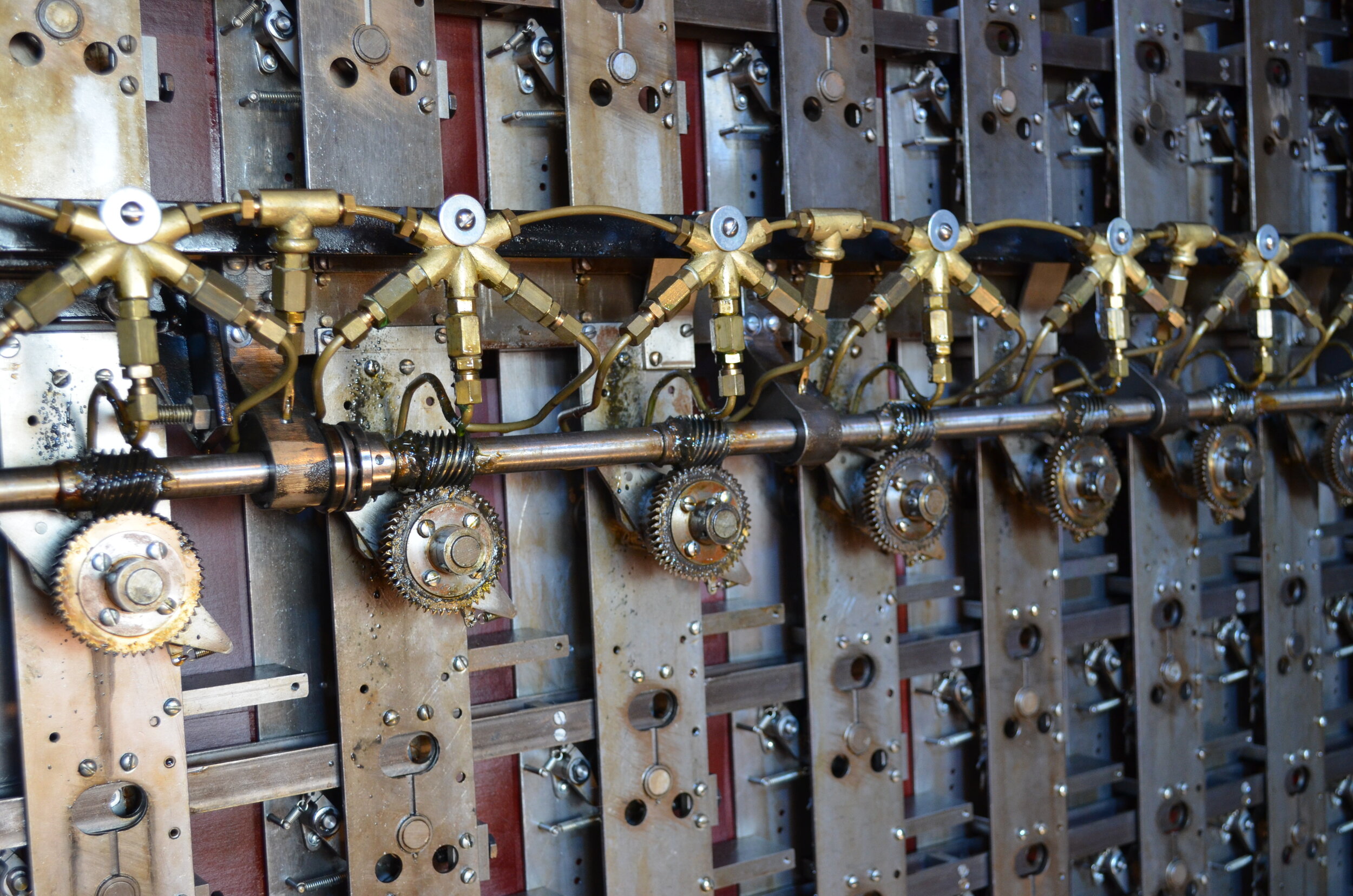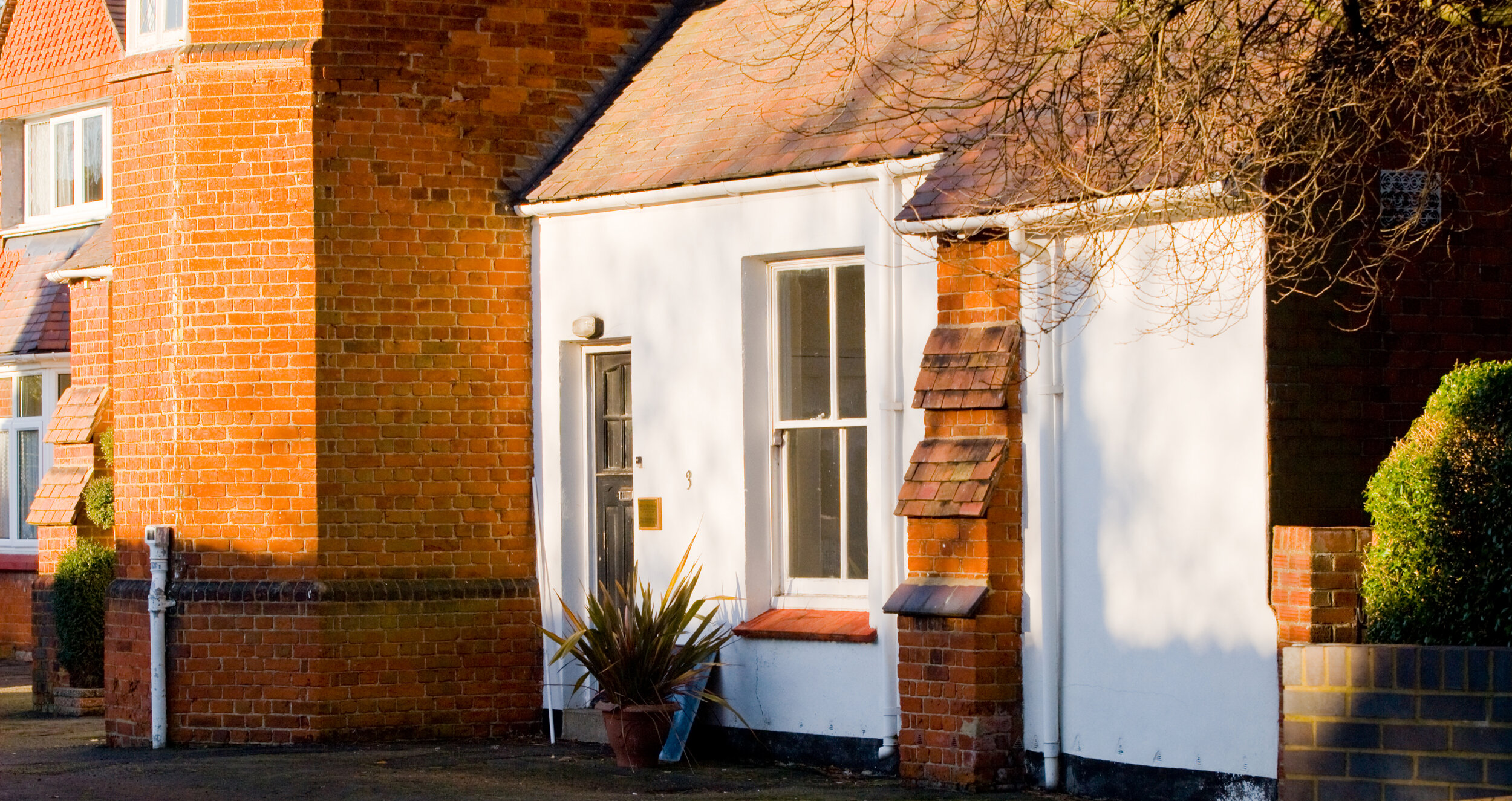6 - Enter Turing and Welchman
When the Second World War began on 3 September 1939, the Government Code and Cypher School (GCCS) had recently moved from its central London offices to a private Buckinghamshire estate, deep in rural England, known as Bletchley Park.
Figure 6 - Alan Turing began his work on the Bombe in Cottage 3
The task was to find a way of reading messages sent on Enigma. Some 50,000 machines are believed to have been built. As the German war machine marched through Poland, the codebreakers at GCCS had only just begun the task of trying to unravel the mysteries of Enigma. At the Polish meeting GCCS had been represented by, among others, the veteran First World War codebreaker Dilly Knox, who was a noted expert on Ancient Greek papyri. He brought back the information from the Polish Cipher Bureau and handed it to Alan Turing, a Cambridge mathematician. Turing’s task was to find a way into Enigma, and he began work in Cottage No. 3 in the Bletchley Park courtyard.
His genius led to the development of the first Bombe, called Victory, which became operational at Bletchley Park in March 1940. Whereas the Polish Bomba had utilised the then current indicator system, Turing realised that changes in the German indicating system (of which in fact there were several) would render any equipment based on indicators obsolete overnight. He therefore looked for a technique which was based upon the message text.
After a number of messages had been broken by hand methods, the codebreakers realised that certain messages at certain times of the day, regularly contained the same word – called by Bletchley Park a crib – e.g., abstimm spruch (tuning message) or wetter vorhersage (weather forecast). By aligning this presumed plain text with the intercepted cipher text a relationship between letter pairings as the wheels of the Enigma turned could be deduced. When drawn out in diagram form this relationship was called a menu and it was this menu which was plugged on the Bombe.
The original Victory machine, which needed at least three ‘loops’ of letters in the menu, detected too many stops before it was able to provide the right answer.
Then another Cambridge mathematician, Gordon Welchman, came up with a bright idea, called the ‘Diagonal Board’ based on the reciprocal nature of the Enigma plugboard – known at Bletchley Park by its German name ‘stecker’ – in that if G is plugged (or steckered) to R, then R is plugged to G.
According to Welchman, in his book The Hut Six Story, when he showed his diagonal board theory to Turing, the latter ‘was incredulous at first, as I had been, but when he had studied my diagram he agreed that the idea would work, and became as excited about it as I was. He agreed that the improvement over the type of Bombe that he had been considering was spectacular.’
Thus the Turing-Welchman Bombe came into effect. These improvements meant that shorter cribs with fewer (or even no) loops of menu letters were needed.
Brilliantly, the genius of Turing and Welchman had eliminated the plugboard from the Bombe’s calculations, reducing 158 million million million to 60 (the number of possible wheel orders using three out of five wheels each day) x26x26x26 possible settings or 1,054,560 possibilities. This was still a large number – but much more manageable. This improved machine, called Agnus Dei or ‘Agnes’ for short, began work in Hut 11 at Bletchley Park at August 1940 and was later used for training.
(c) John Jackson



